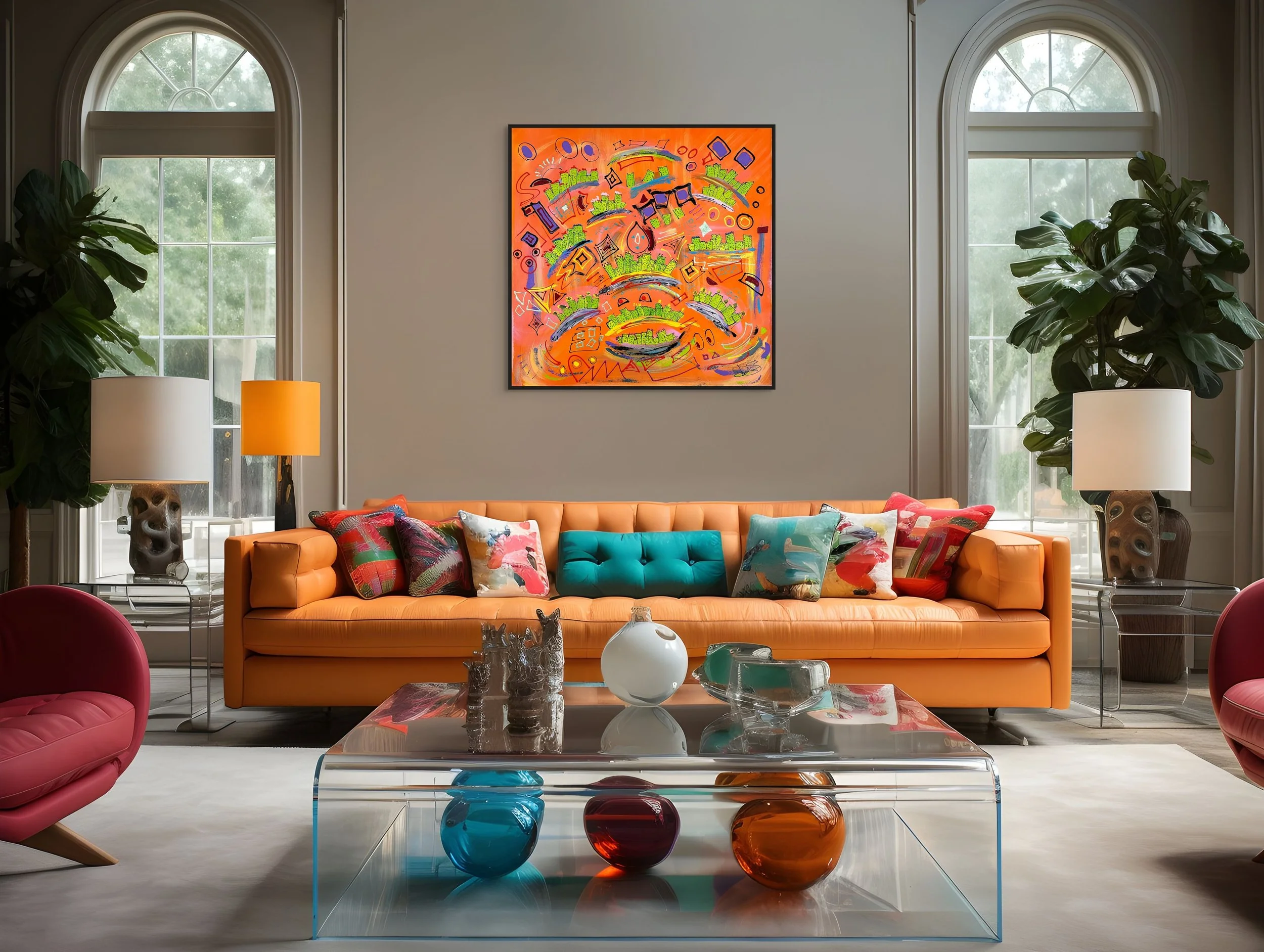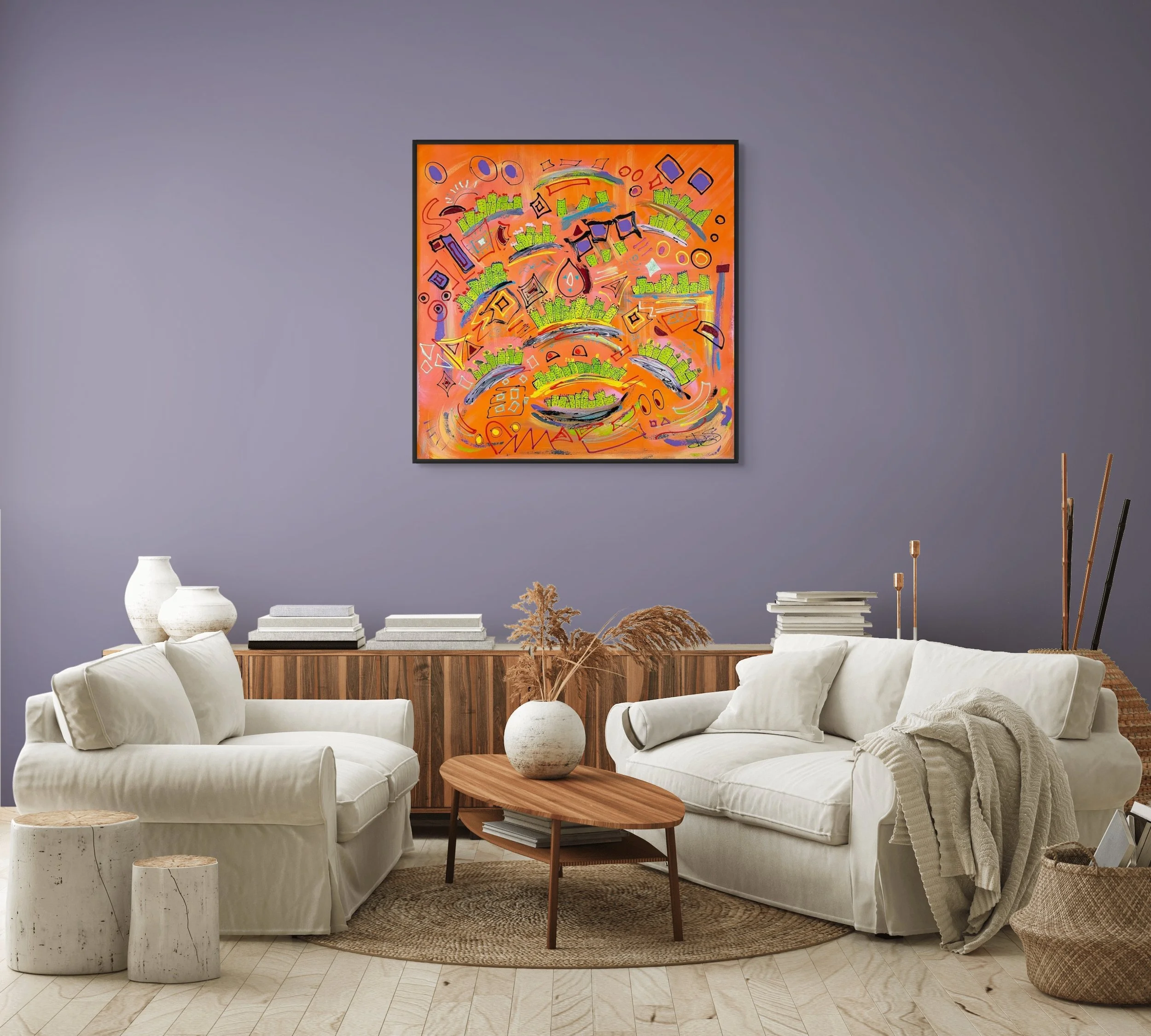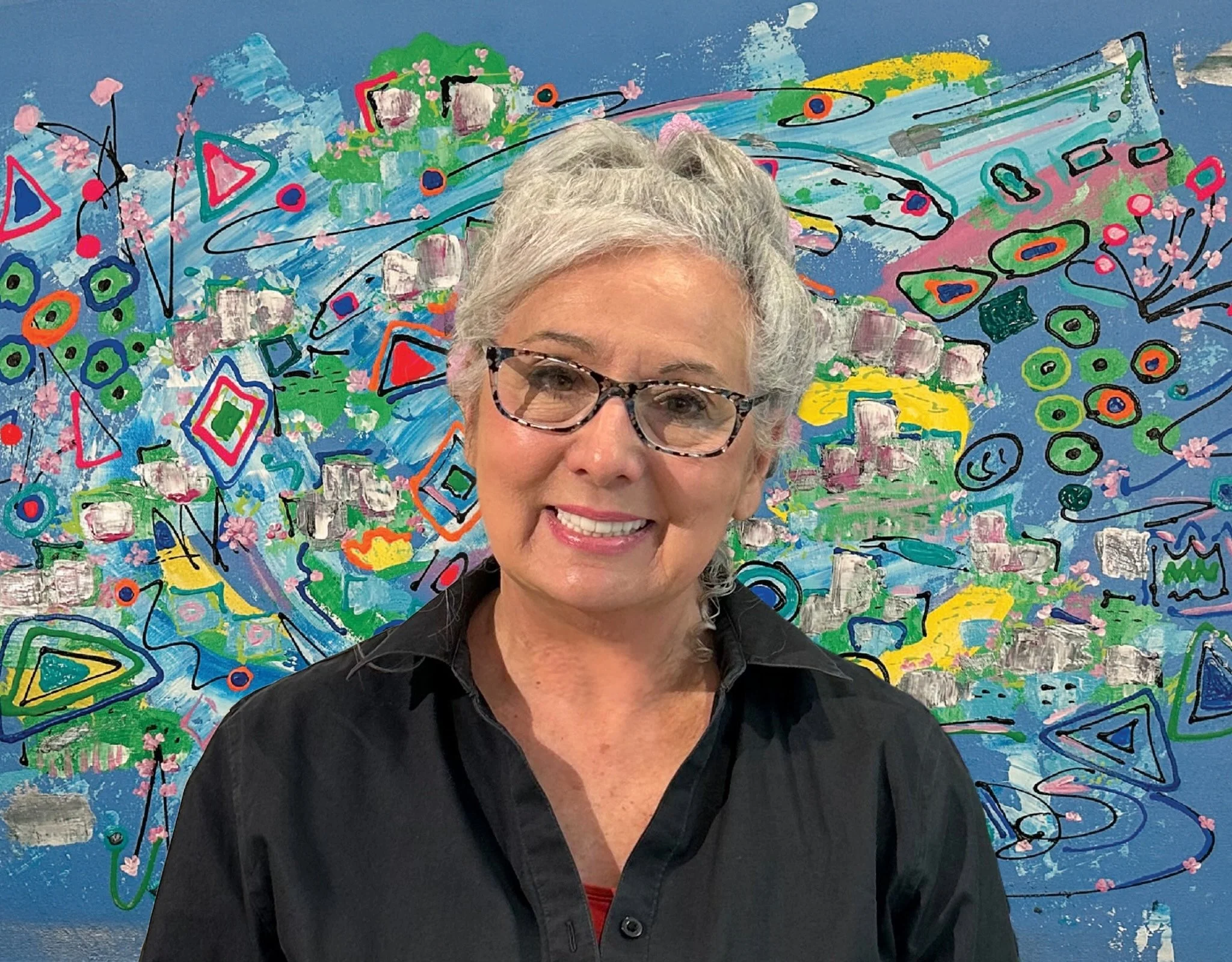Is There Science Behind This Art?
I was one of those odd kids who liked to read the encyclopedia rather than regular children’s books. An encyclopedia set, the British classics, and—my favorite—the entire 28-collection of Time-Life’s Library of Art were in our home’s small library.
While other children were making friends with Winnie the Pooh and The Cat In The Hat, my best friends were Leonardo da Vinci, Claude Monet, Francisco Goya, and other painters from the Time-Life art book collection. Hour after hour and year after year, I learned about the lives of these amazing artistic people, studied their art, and shared many of my deepest thoughts and feelings with them. Something inside me told me they would understand.
One of my favorite artists was Leonardo da Vinci. As a child, I liked how he combined science and art. Maybe that’s why today I like to turn evidence-based, scientific findings into art.
These paintings may look like beautiful works of floral art, but they actually contain quite a bit of evidence-based design science.
The stems are rooted in soil, which suggests a continuation of life. Cut flowers in a vase or a cut bouquet are connected to death since cut flowers are not rooted in life-giving soil and will soon die.
Another example of the science within these paintings is the way the stems have been laid out. I once read in a psychology article that people are wired for survival, not enjoyment. I recently checked this out with AI, and this is what Google AI said:
“Humans are primarily wired for survival, not enjoyment. Our bodies and minds evolved over millions of years to prioritize self-preservation and reproduction. While we do experience pleasure and joy, these feelings serve as motivational rewards to encourage behaviors that aid in our survival.”
In the paintings above, seeing beyond the stems triggers happy brain chemicals like dopamine. Being able to see beyond the stems suggests to our brains that this means safety. Back in the days when humans were hunters, seeing through tall, thick grass kept people safe from hidden predators.
Different evidence-based design examples include the cheerful combination of colors I used and the playful arrangement of the flowers.
In Dynamic Cities Of The Future—which is in a completely different category of art—science is still very much a part of the design. The idea behind this design is that cities of the future can be fun and happy and super smart and sustainable.
Looking closer, actually inside the abstract art, there are smart city technology and sustainability symbology and iconography as part of the design.
Science and art have been combined to make a work of art.
I have been given the great honor of participating in the SWATCH ART PEACE HOTEL artist residency program in Shanghai, China. From mid-February to mid-May 2026, I will be staying at the hotel, where I will receive living and art studio space.
My delight and focus will be to combine science and art by painting smart city technology and sustainability accomplishments throughout beautiful Shanghai and other super fabulous places in China.
Many people have expressed a desire to follow these adventures. If you’d like to come along online, please sign up below.














